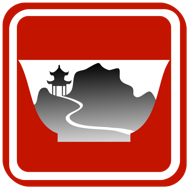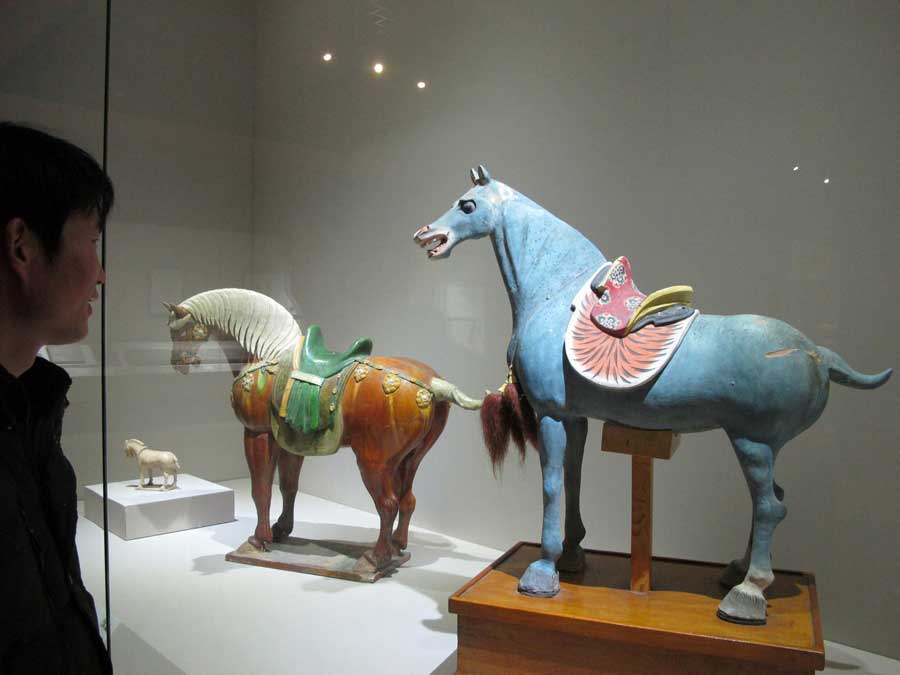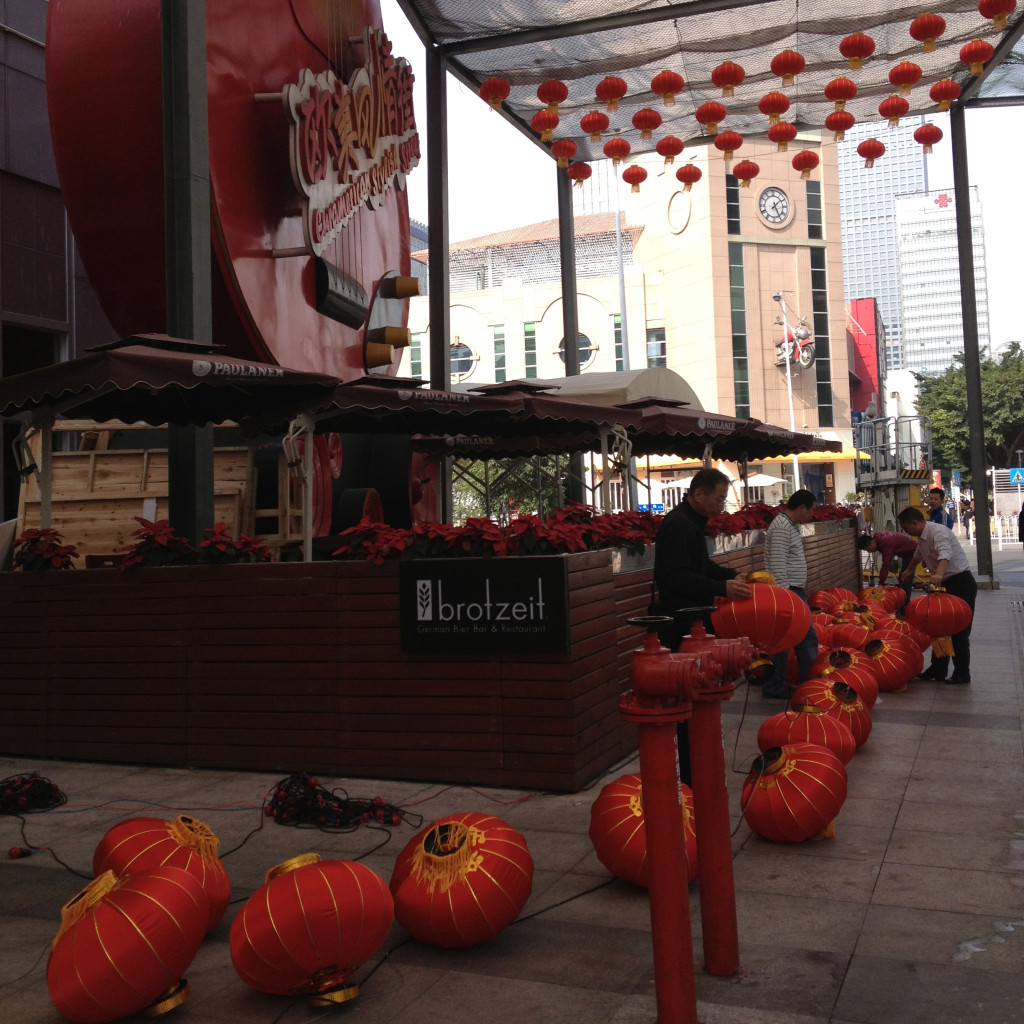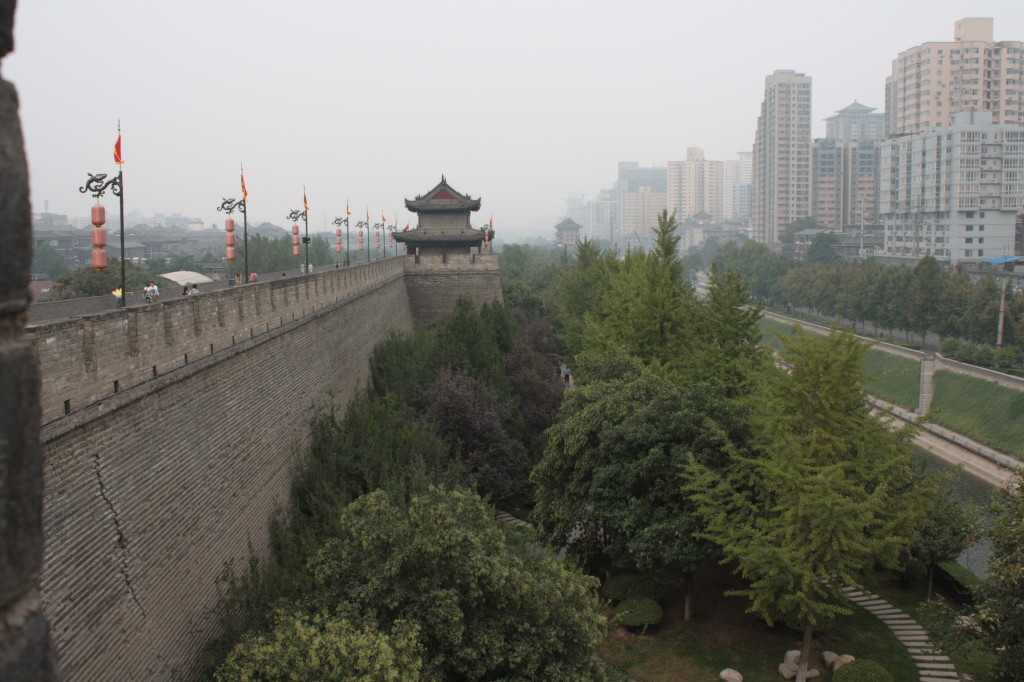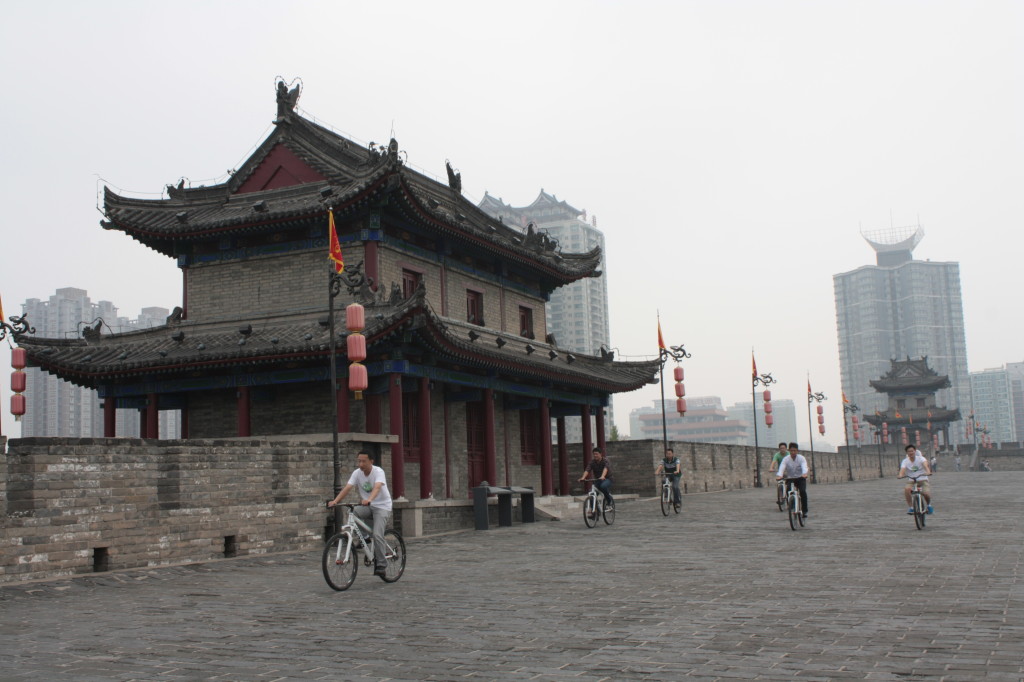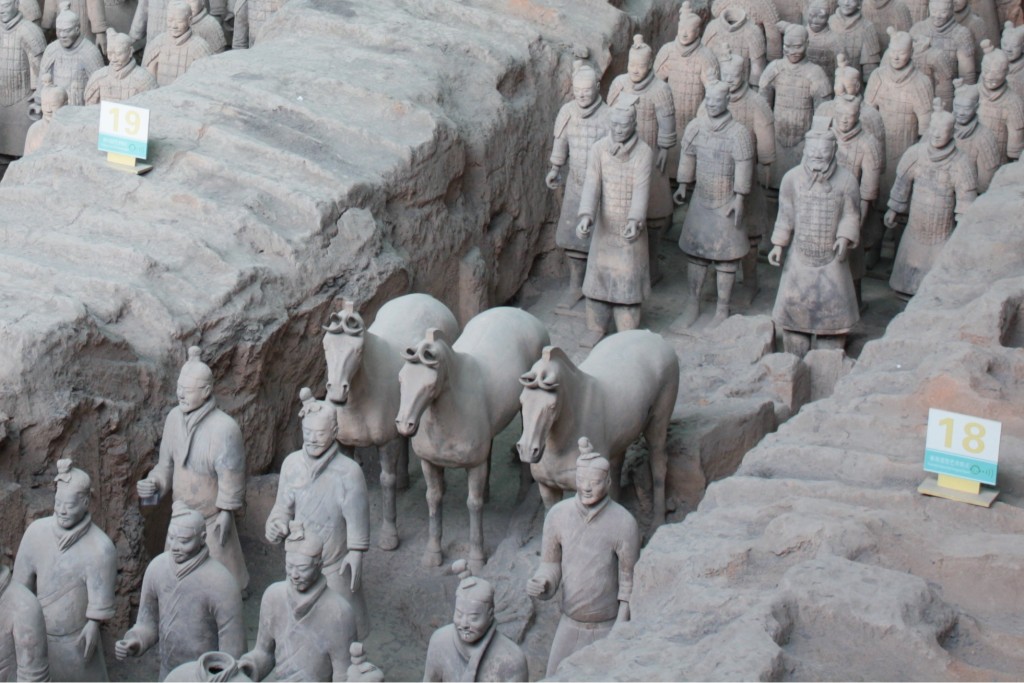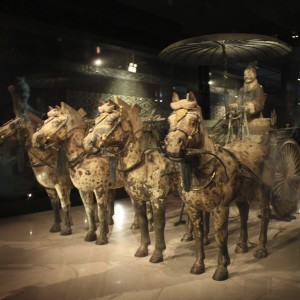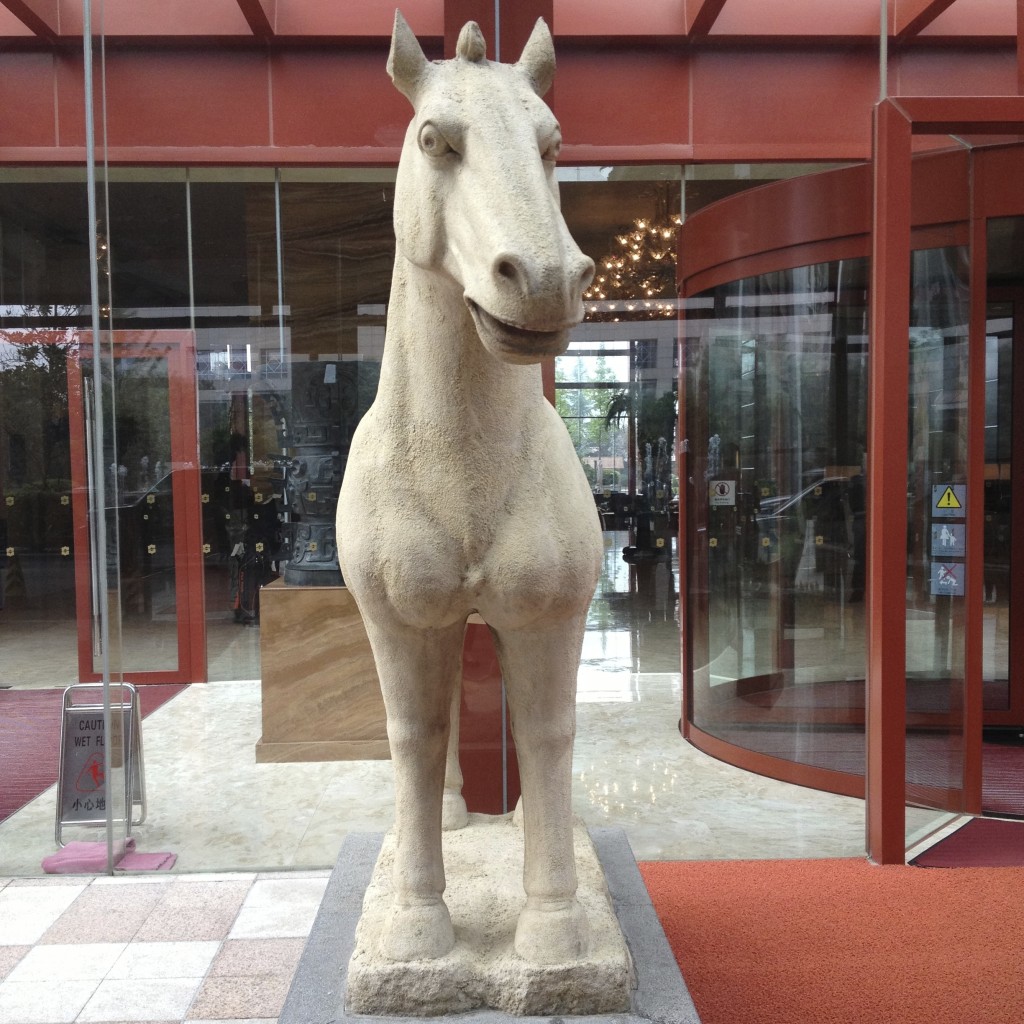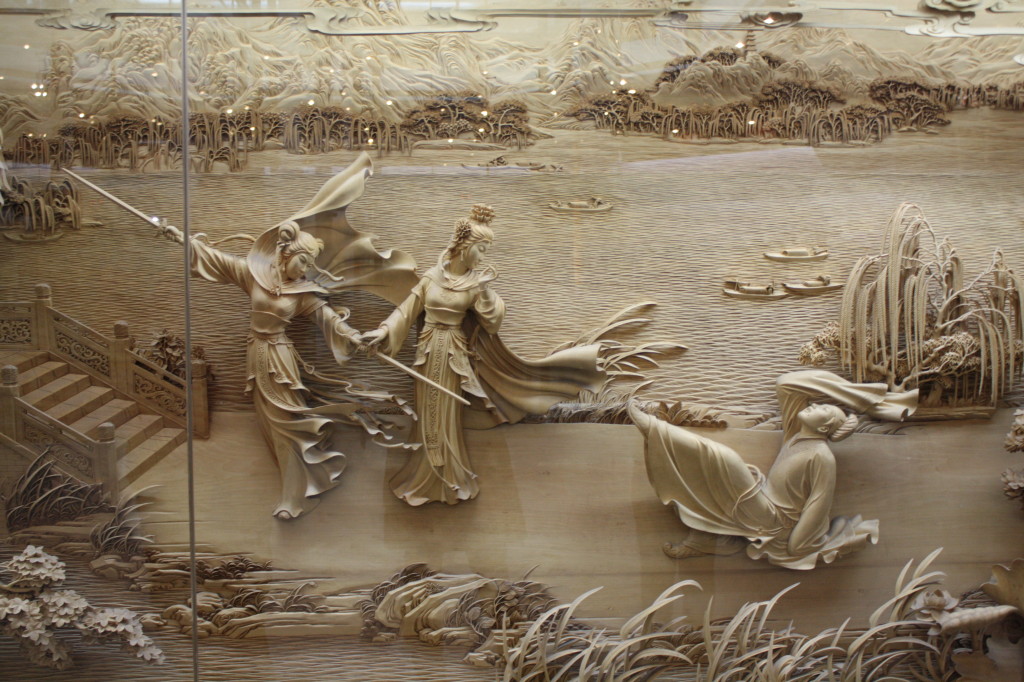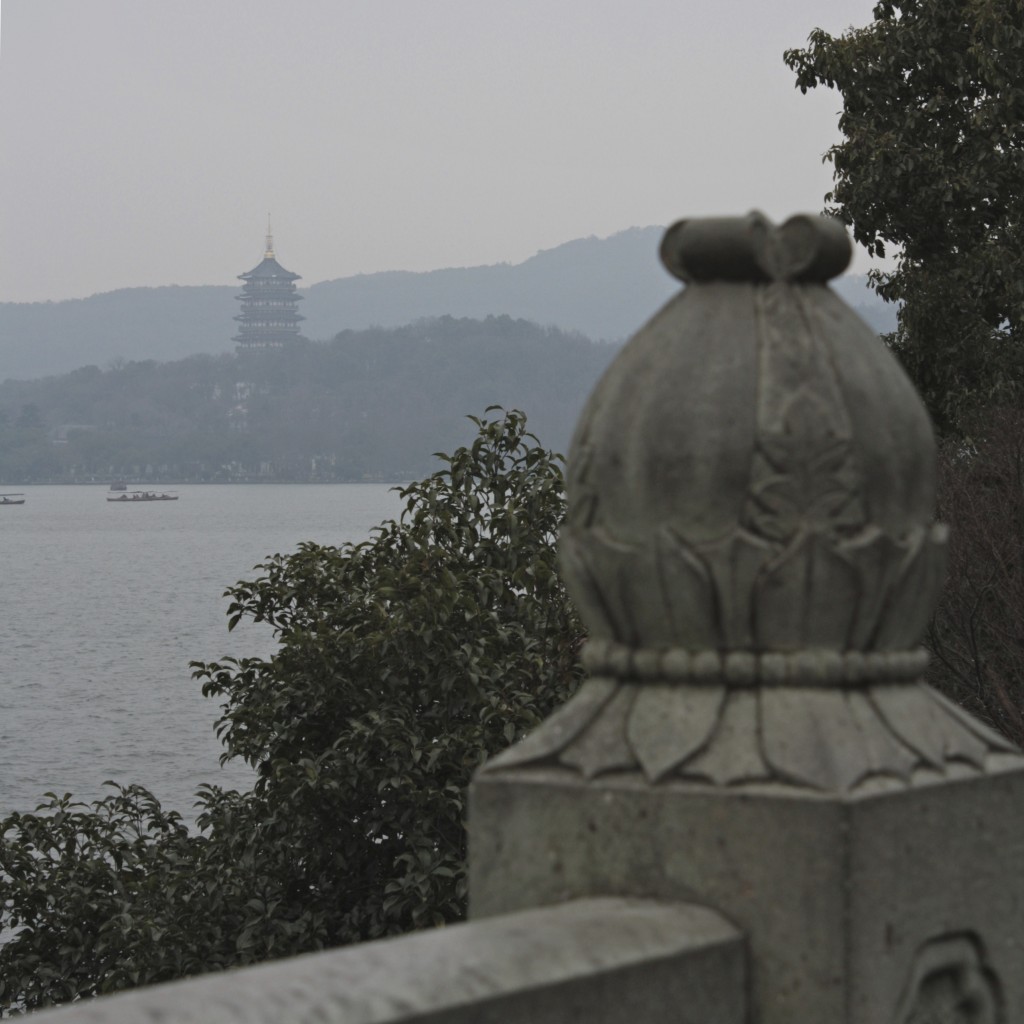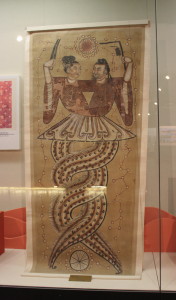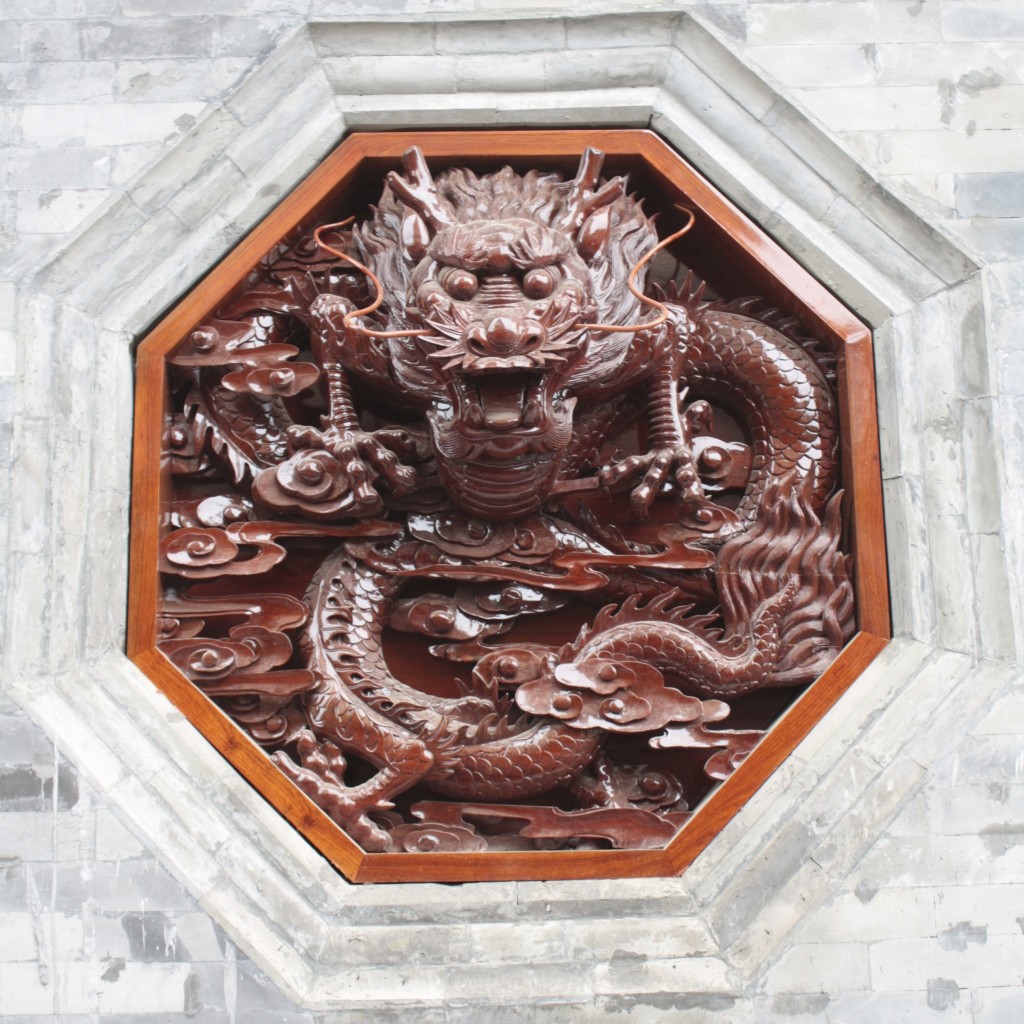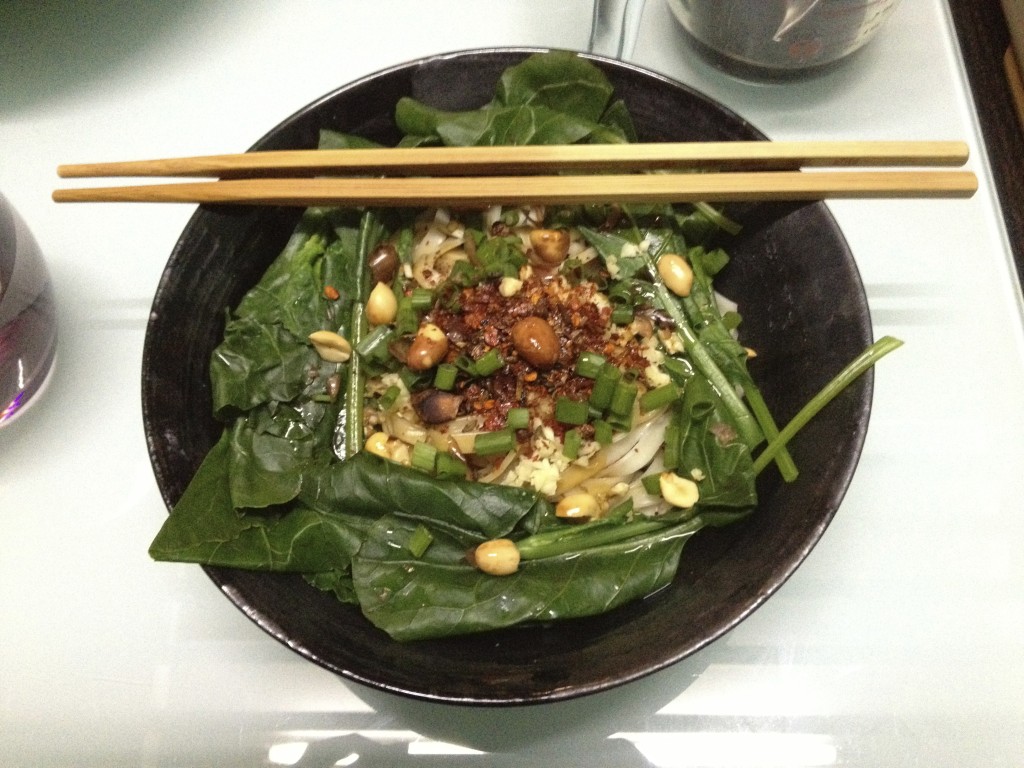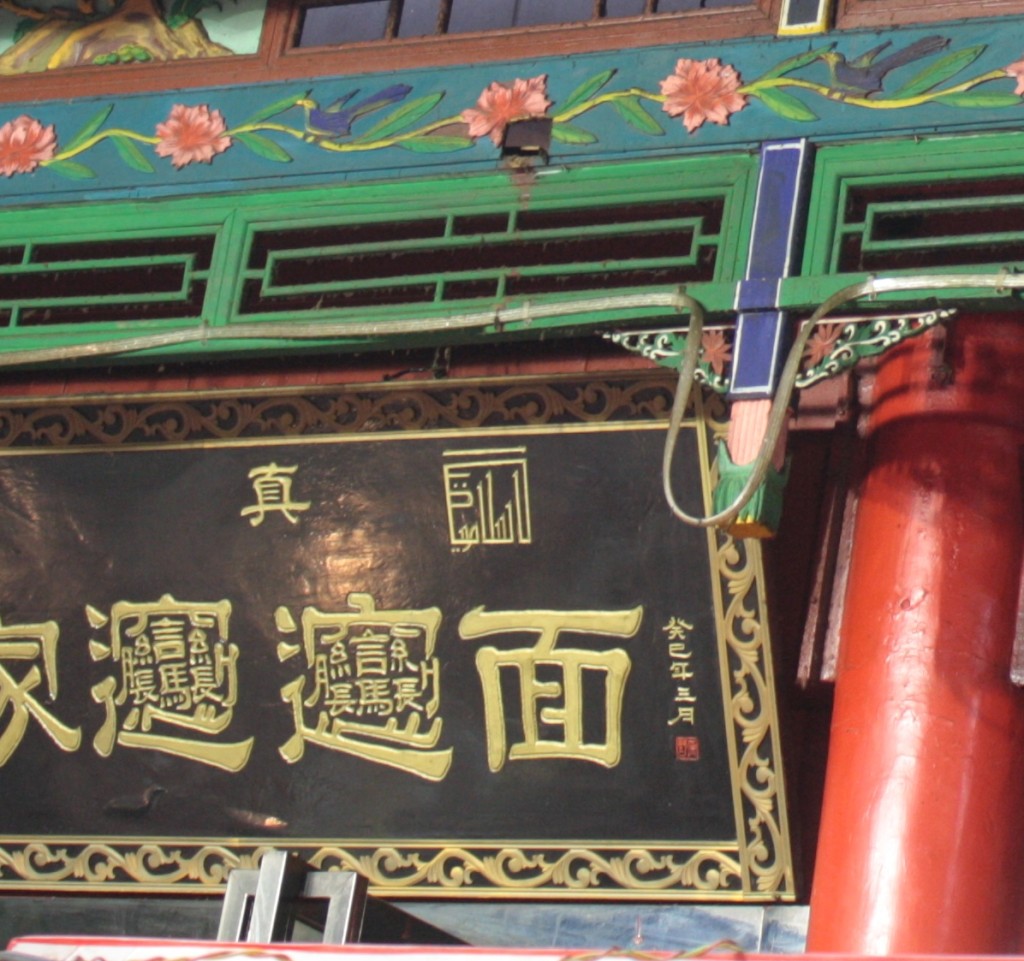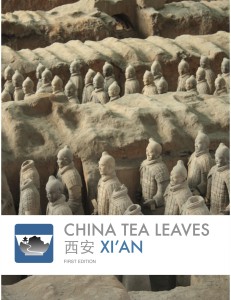 We’re pleased to announce the release of China Tea Leaves 西安 Xi’an, available for download now in the iBooks Store!
We’re pleased to announce the release of China Tea Leaves 西安 Xi’an, available for download now in the iBooks Store!
Xi’an, Chang’an, Xianyang; known together as one of China’s Four Ancient Capitals and a fascinating crossroads in the heart of China. Now right from your iPad or Mac you can experience the awe of the first Chinese empires, bask in the glory of the Tang dynasty capital Chang’an, travel the Silk Road, discover a rich tapestry of ancient mosques, pagodas, and temples, and eat up Xi’an’s famous noodles and street foods.
China Tea Leaves 西安 Xi’an is the most in-depth and useful China Tea Leaves yet, exploring Chinese history and the rich influences you will discover in this grand city. We’ve also included more local resources, maps, and audio phrases specific to visiting Xi’an.
Download China Tea Leaves 西安 Xi’an today, and explore this Ancient Capital on your iPad or Mac!
